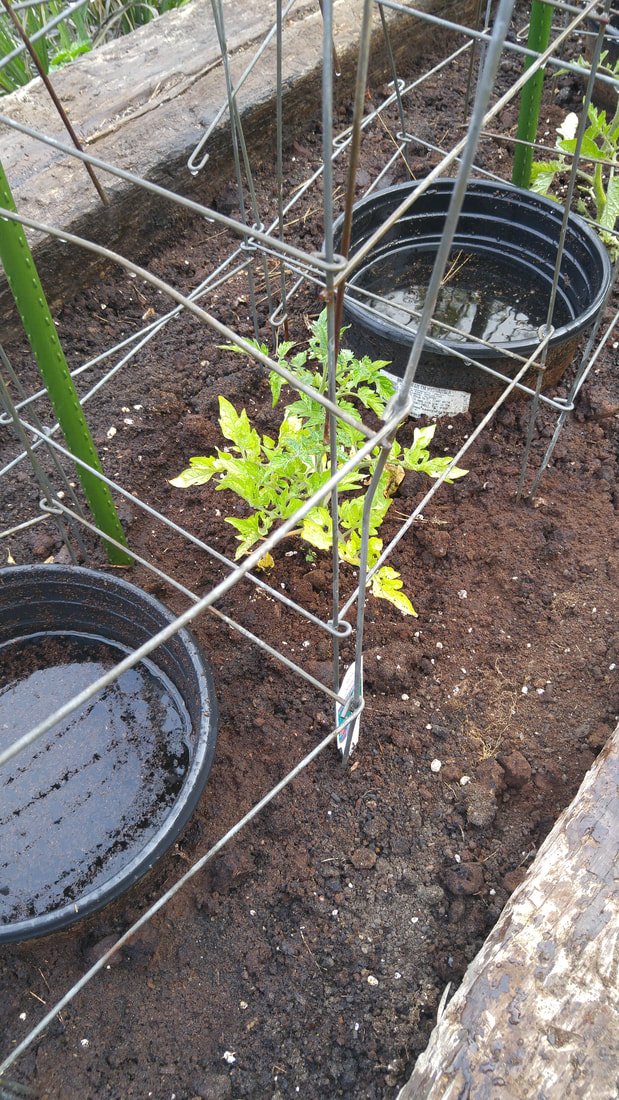 Tomato just transplanted, with watering berm 1' wide and 3" deep to be filled 3 times when planted and then once a week as the plant grows. On either side are 5-gallon plastic containers with holes in their bottoms to be filled with water at the same time as the plant is watered. This combination assures that the entire root zone and surrounding soil is kept moist (but not soggy) throughout the life of the plant. More water may be needed when we have our weeks-long 90+ degree heat spells in July and August. But by then, the root zones will be very deep and so the plants will thrive instead of just survive. Trellises are stacked on top of each other and anchored by the green stake in the corner and across several cages to support indeterminate plants getting 10 feet tall. | Root Systems Determine the Health and Vigor of Plants and Their Yield.
1. Choose Strong Plants
2. Acclimate Plants to Where They’ll Grow to Maturity
3. Prepare Soil
4. Prepare Plant
5. Plant
6. Water In
7. Keep Soil Evenly Moist
8. Install Trellis Immediately
9. Pluck Off Blossoms
10. Fertilize When Plants Have Set Their First Fruit
This procedure is adaptable for every single plant you transplant into your garden, from tiny vegetable and flower seedlings to larger shrubs and trees -- just dig larger holes for larger plants and trees! Enjoy! |
|
1 Comment
|
Categories |

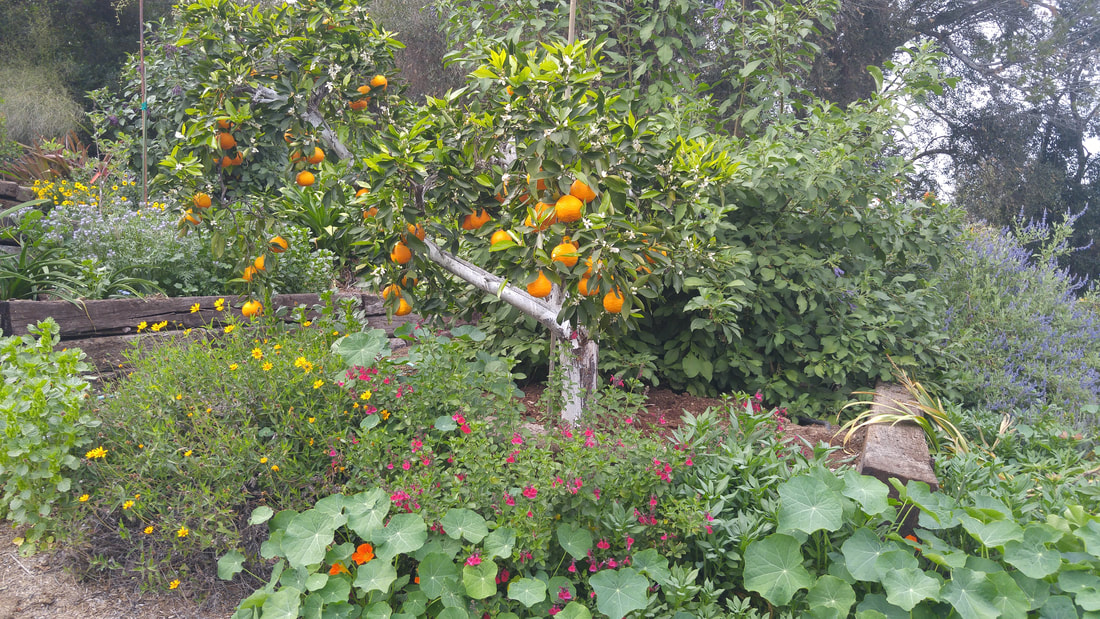
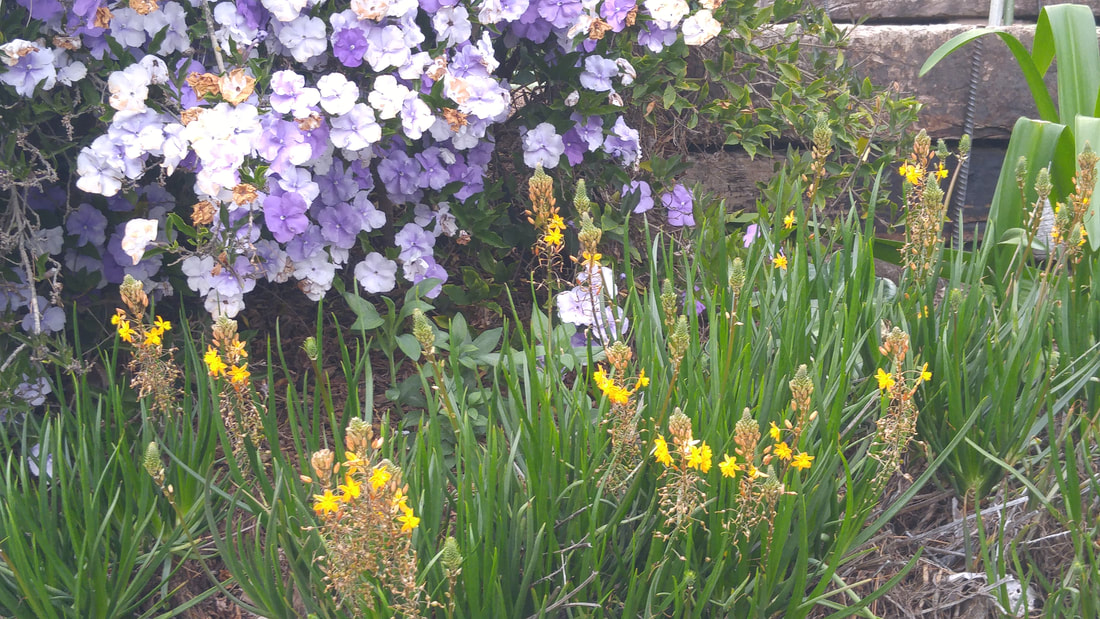
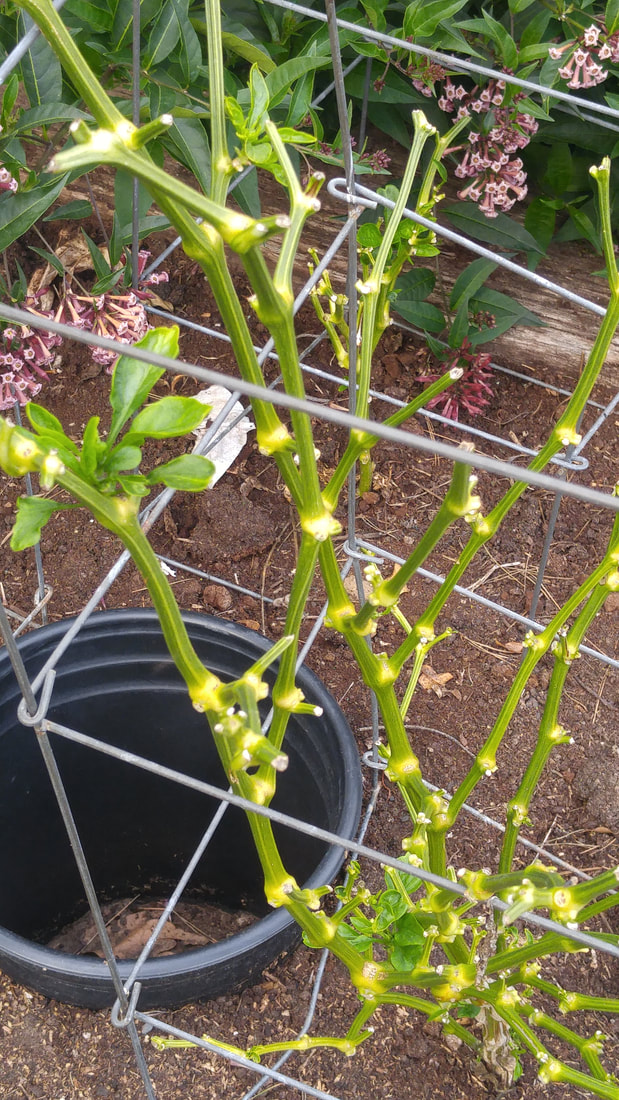
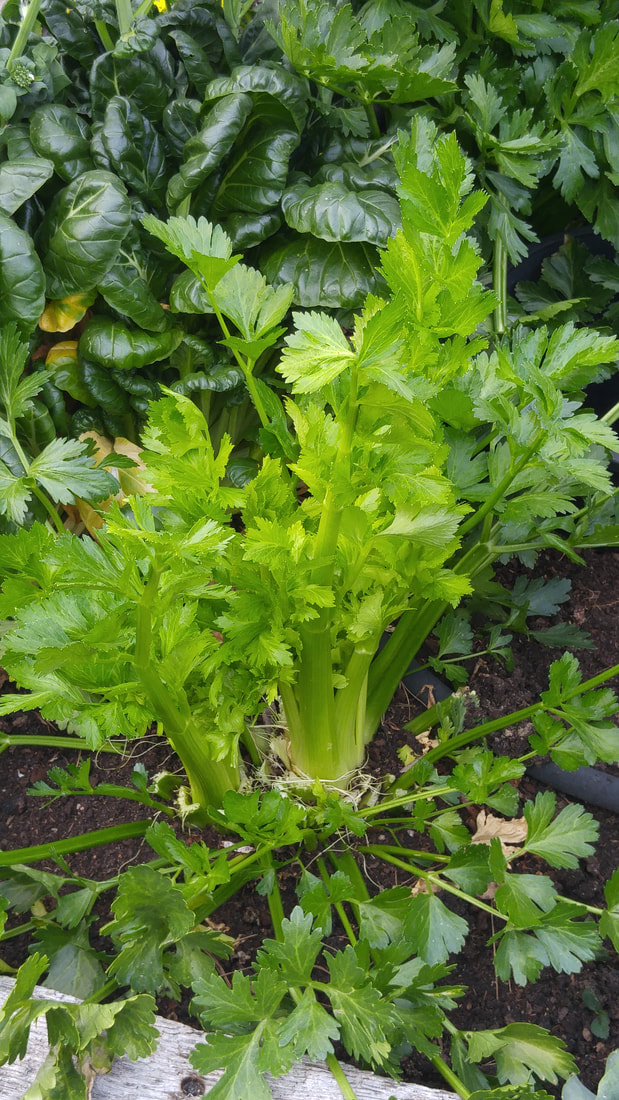
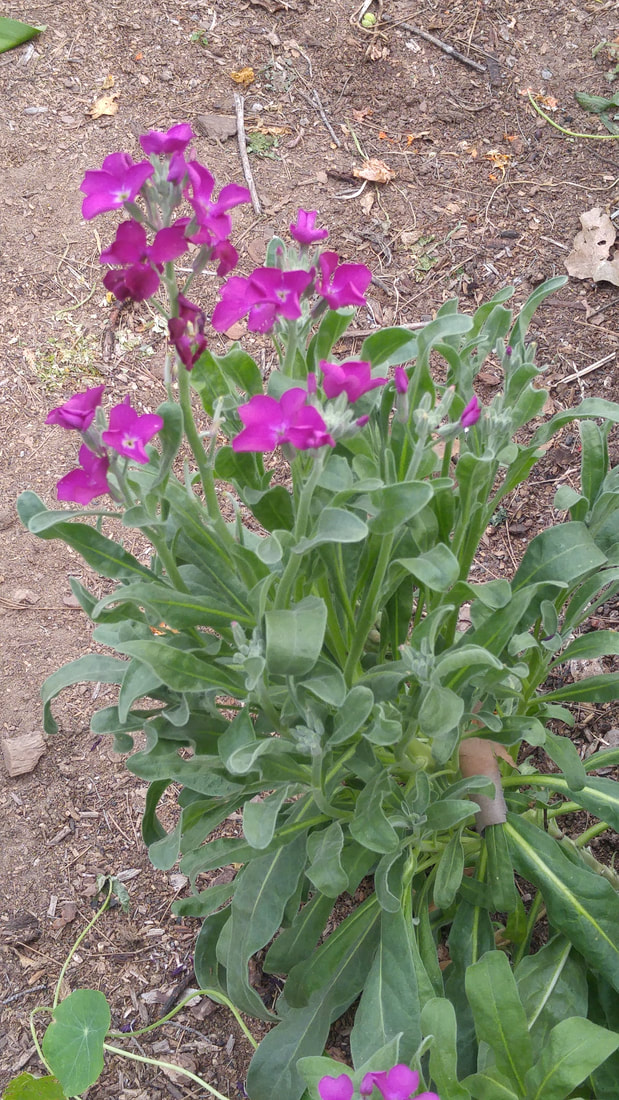
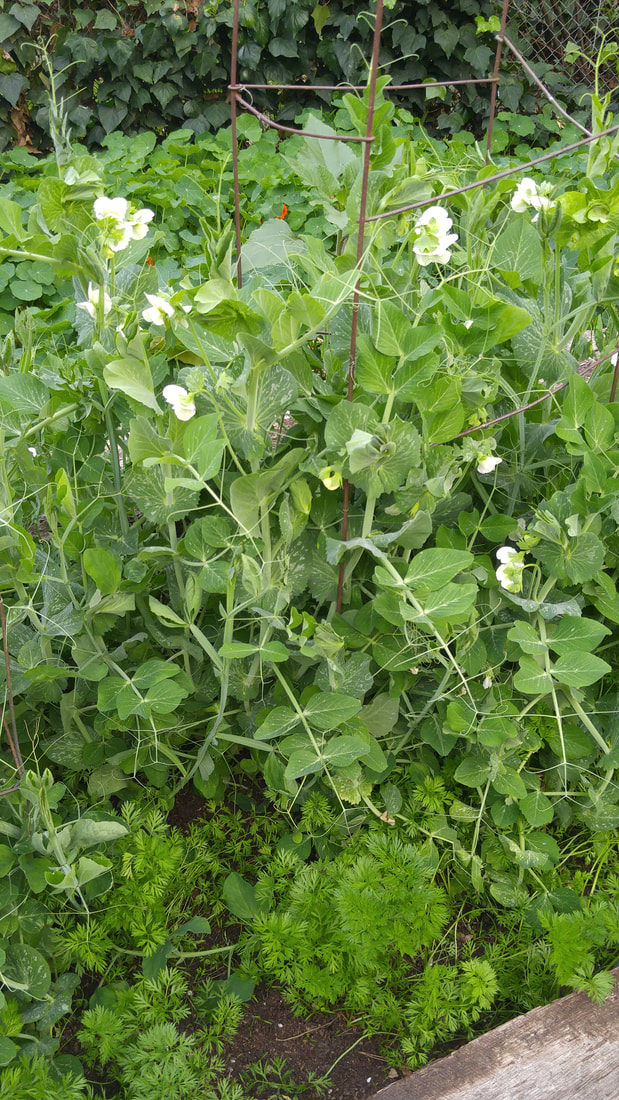
 RSS Feed
RSS Feed